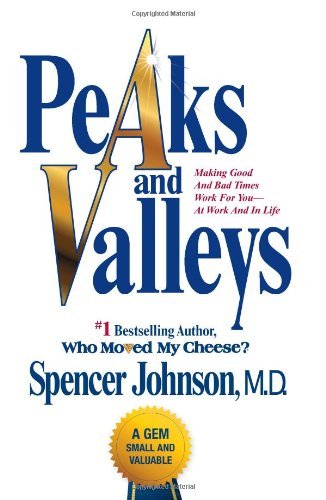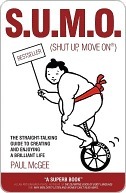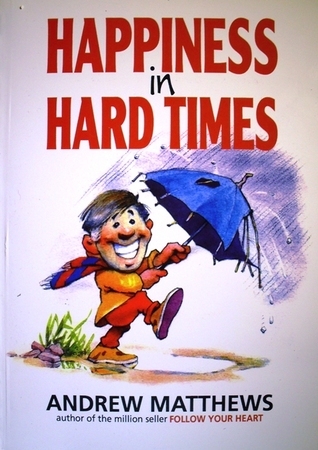
Who Moved My Cheese? An Amazing Way to Deal with Change in Your Work and in Your Life...
Book Description
Imagine waking up one day to find your dreams vanished. "Who Moved My Cheese?" breathes life into the age-old struggle with change, presenting a captivating tale of two mice and two tiny people in a labyrinth filled with twists and turns. As they chase after their beloved cheese, they encounter fear, resistance, and the exhilarating rush of adapting to the unexpected. This powerful fable reveals strategies to embrace change with courage, igniting transformation in both work and life. Will they find new happiness in the face of uncertainty? Dive into this timeless journey and discover your own answer.
Quick Book Summary
"Who Moved My Cheese?" by Spencer Johnson is a concise and imaginative parable about change and how individuals respond to it. Set in a maze, the story features two mice, Sniff and Scurry, and two little people, Hem and Haw, who must find new supplies of cheese after discovering their usual stash is gone. The cheese represents what we desire in life—be it success, happiness, or relationships—while the maze symbolizes the environment we navigate. The tale explores the varied reactions to change: fear, denial, adaptation, and proactivity. Through this simple fable, Johnson imparts powerful lessons on the necessity of embracing change, letting go of fear, and being agile in our attitudes and actions to find new opportunities and satisfaction in both work and life.
Summary of Key Ideas
Table of Contents
Recognizing and Accepting Change
The story presents four characters—Sniff and Scurry (the mice), and Hem and Haw (the little people)—who live in a maze that symbolizes the complexities of life. Their goal is to find cheese, a metaphor for what they want, such as success, love, or security. Every day, they trace familiar paths to a large cheese supply. However, when the cheese mysteriously disappears, each character reacts differently, symbolizing the variety of human responses to change.
Overcoming Fear and Resistance
Sniff and Scurry, using their simple instincts, quickly notice the diminishing cheese supply and do not overcomplicate the situation. When the cheese is gone, they do not hesitate to venture into the maze in search of more. Their adaptability and lack of overthinking illustrate the advantages of accepting facts and swiftly acting to find new solutions, rather than being bogged down by fear or frustration.
The Importance of Adapting Quickly
In contrast, Hem and Haw struggle with denial and fear after realizing their cheese is gone. Hem refuses to leave, convinced things will go back to the way they were, immobilized by resistance to change. Haw, initially paralyzed as well, slowly learns to laugh at his situation and himself. Realizing that change is inevitable and that fear is often exaggerated by our minds, Haw decides to embrace the unknown and begins exploring the maze for new cheese.
Learning from Past Experiences
As Haw journeys through the maze, he discovers that facing fears diminishes their power. He leaves written messages on the walls—insights like "What would you do if you weren’t afraid?"—reminding himself and others to anticipate, monitor, and adapt to change. The story emphasizes personal growth, self-reflection, and the necessity of leaving comfort zones. It offers practical advice: visualize success, enjoy the adventure, and be ready for change.
Finding Motivation and Enjoyment in the Journey
Ultimately, Haw finds new cheese and discovers that the key to happiness lies in being open to new possibilities and continuous adaptation. The fable concludes with the lesson that change is an unavoidable aspect of life and work. Those who anticipate it, let go of complacency, and embrace new opportunities are most likely to thrive. The cheese may move again, but the skills learned through change last a lifetime.
Download This Summary
Get a free PDF of this summary instantly — no email required.





